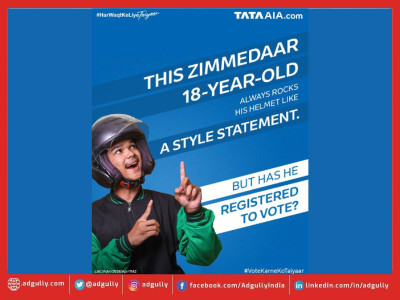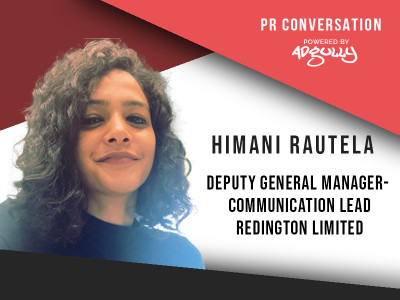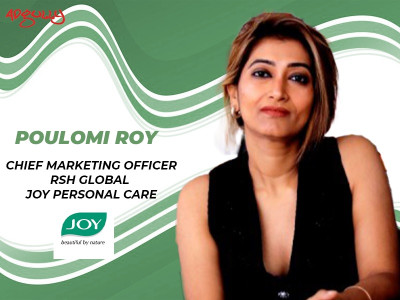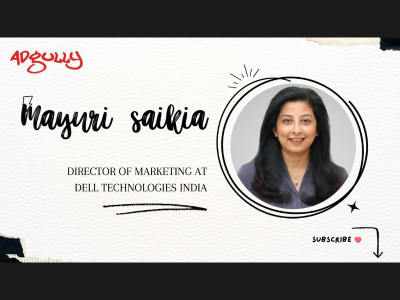The many tools in PR professionals’ arsenal to fight misinformation crises
The dual nature of news and social media presents a double-edged sword. While these platforms serve as valuable tools for communication and information, they are equally vulnerable to manipulation and misuse. The widespread availability of data and the ubiquity of mobile devices have democratized access to information, enabling individuals to share their opinions and perspectives more freely than ever before. However, this ease of communication also amplifies the dissemination of misinformation.
With the click of a button, false narratives can reach millions of users within seconds, spreading like wildfire across social media platforms. This unrestricted flow of information, coupled with the lack of stringent fact-checking mechanisms, exacerbates the problem of misinformation. As a result, distinguishing between fact and fiction has become increasingly challenging in the digital age.
According to the recent Global State of the Media survey, approximately 58% of journalists cited ensuring content accuracy as their number one priority, ranking above exclusivity.
“Where there is content, there is a possibility of misinformation and disinformation existing,” noted Jaideep Shergill, Co-Founder of Pitchfork Partners, adding, “However, this concern is particularly critical in India, given that we ranked highest in a survey among experts during the recent World Economic Forum. In this complex landscape, the public relations industry can be a key player in combating or at least minimising the spread of misinformation, and technology-driven tools can serve as powerful allies in this journey.”
PR practitioners are utilising various tools and strategies to tackle this challenge. One approach involves the use of advanced technology tools such as artificial intelligence and machine learning algorithms to detect and flag false information.
There are some arsenals available to fight misinformation. Listing some of these, Pooja Chaudhri, Executive Director, Concept PR, said, “With newer versions of generative AI tools, verifying the accuracy of information dispensed on social media will become even more challenging. As PR professionals, we are responsible for fact-checking all information before sharing it. I believe AI, if properly used, is a great technology to help weed out misinformation. It can be programmed to check for facts faster than humans can. At the same time, we must implement a system that authenticates all information that reaches us independently from multiple sources.”
Jaideep Shergill cited some key tactics, saying, “Establishing the veracity of information sources serves as the foundational step in this endeavour. Trust, but verify. Equipped with the correct knowledge, we can act as vigilant monitors, tracking and addressing misinformation across social media platforms. Collaboration with the right stakeholders, including journalists, media houses, and relevant councils can further strengthen our ability to disseminate factual data and counter false information.”
He further said that more often than not, misinformation thrives on dramatic narratives to appeal to a higher number of readers, which fuels its rapid spread. But while technology is the very facilitator through which misinformation spreads, it can also serve as a tool for PR professionals.
“Today, we have at our disposal a plethora of AI options, which can be effectively utilised to course correct and counter emotional appeals with robust, accurate data,” he added.
Shergill cited an example to explain this, “A notable example here is the World Health Organization’s ‘EARS’ (Early AI-supported Response with Social Listening), an AI-powered tool used to monitor online conversations about COVID-19. This helped the health agency obtain a comprehensive analysis of public sentiment around the pandemic. Using this approach, it was able to identify prevalent misinformation and respond swiftly in real time to assist people with the correct information. Such large-scale social listening would have been impossible without the strategic application of technology and tools.”
Valerie Pinto, CEO, Weber Shandwick India, highlighted some strategies as well, stating, “Technology-driven tools offer promising solutions to combat this issue. Leveraging monitoring and detection through social listening tools, fact-checking APIs, chatbots, and virtual assistants, as well as implementing targeted social media campaigns and engaging fact-checkers, can prove invaluable in countering misinformation. Yet, as the use of the internet continues to rise, the prevalence of misinformation is poised to grow. In such a landscape, it becomes increasingly crucial to foster media literacy. By embarking on educational campaigns that empower users to critically evaluate information online, we lay the groundwork for a more informed and resilient digital community.”
Tarunjeet Rattan, Managing Partner, Nucleus PR, noted, “A Google search will throw up several tools that will be adept at giving you data that throws up chatter, sentiment analysis, and more. A task easily done by any tech/ AI expert. The difference a PR professional makes to the mix is understanding what this data means, how it impacts the brand, when and where should the brand speak to address a misinformation crisis. This, along with understanding how the information is being escalated and how to put a stop to it. The PR team needs to spend their time understanding how to use this opportunity (yes, it is one) of being in the news to demonstrate the brand’s values and strengthen its reputation.”


















Share
Facebook
YouTube
Tweet
Twitter
LinkedIn